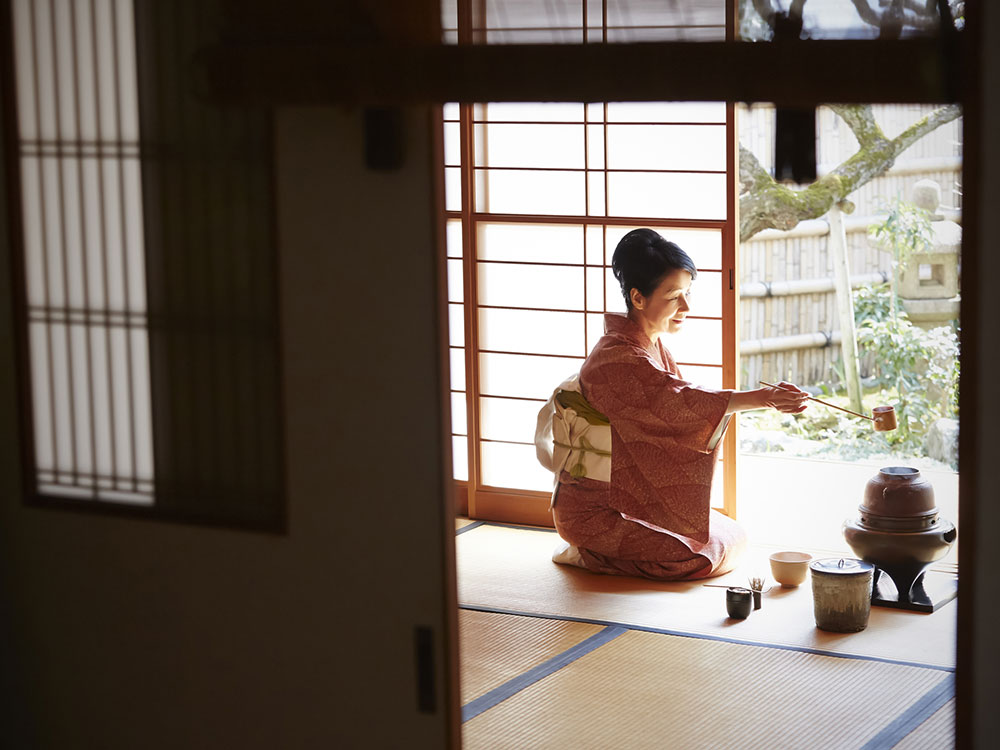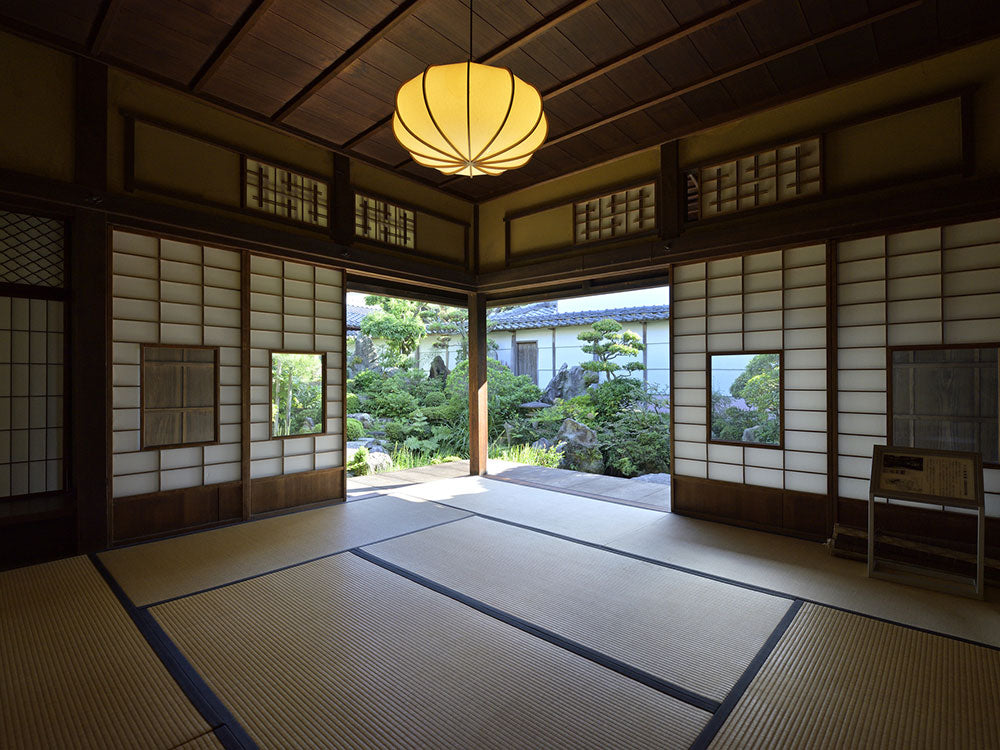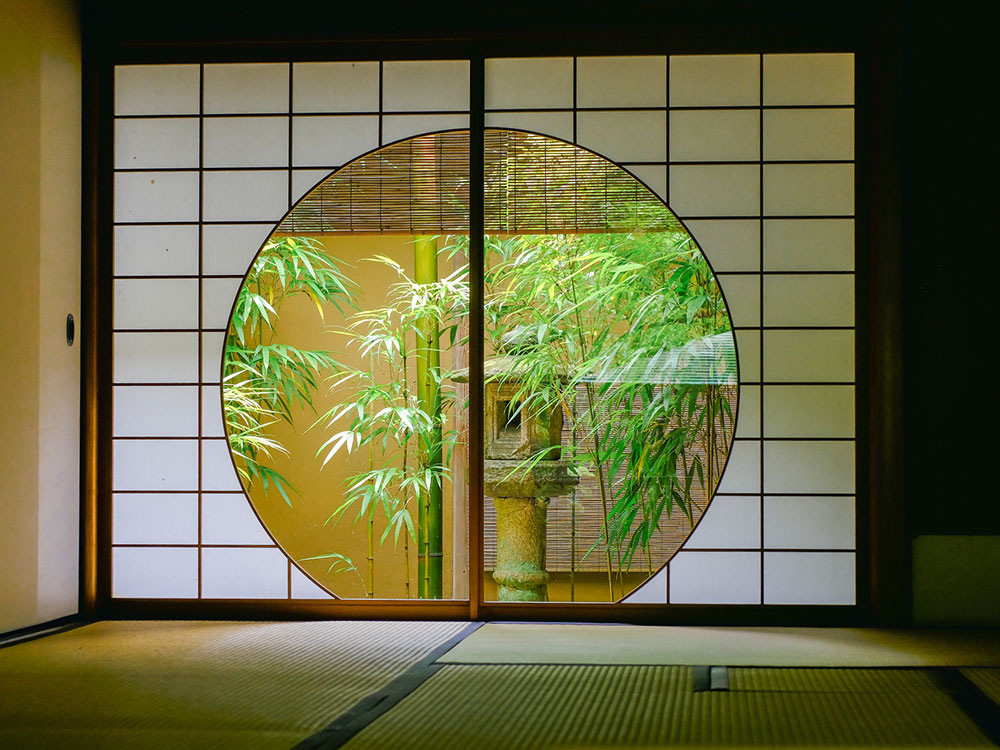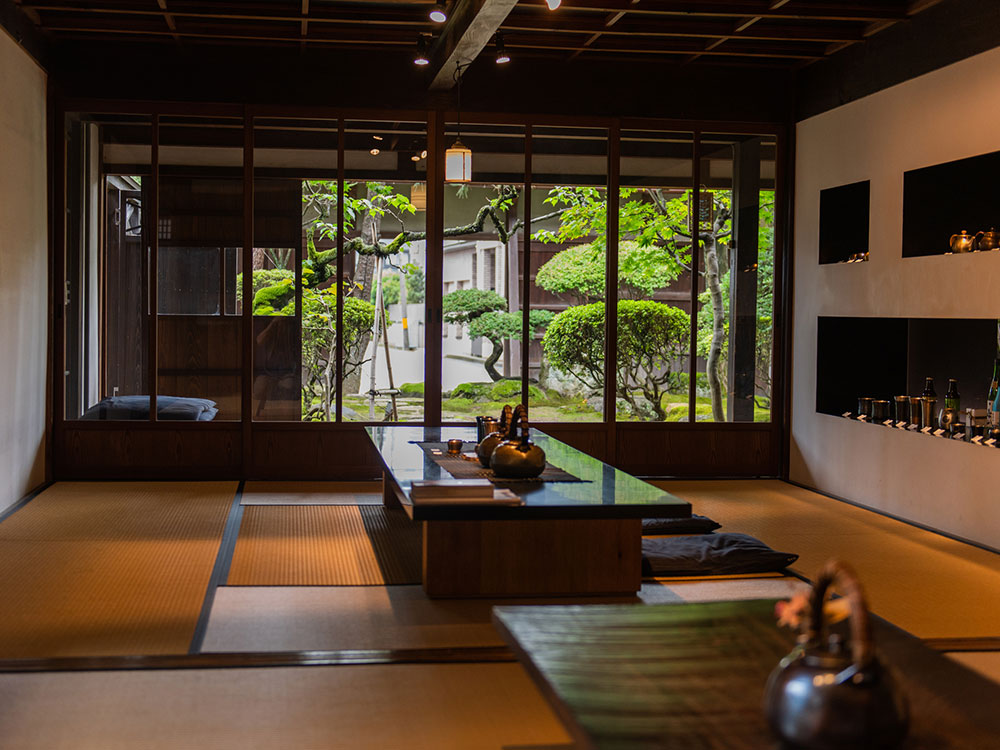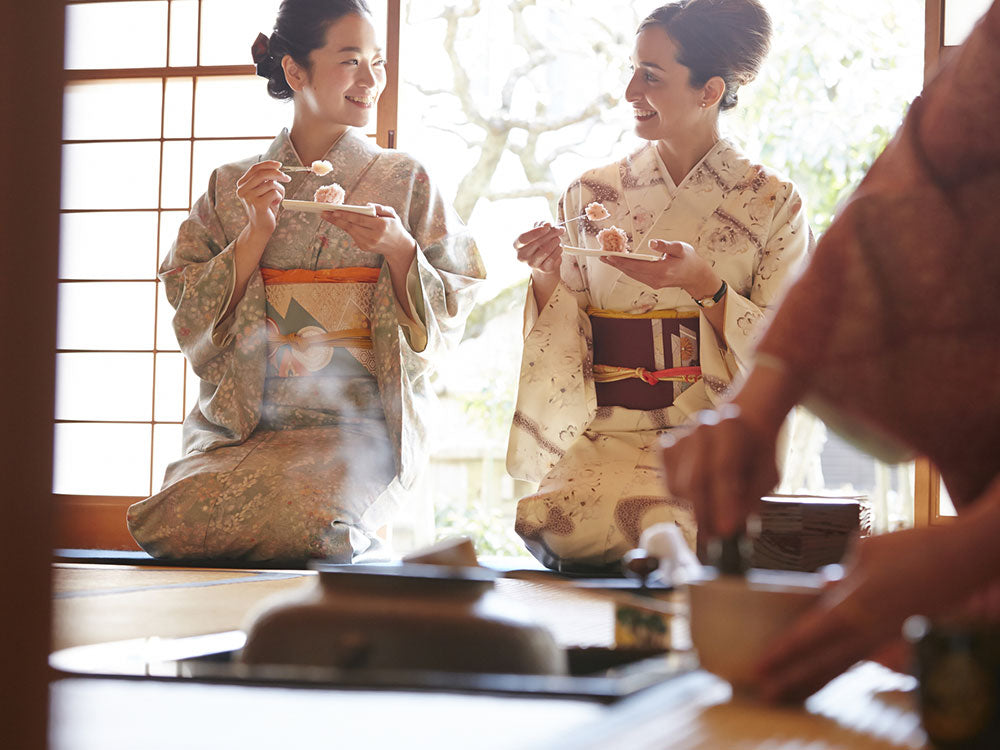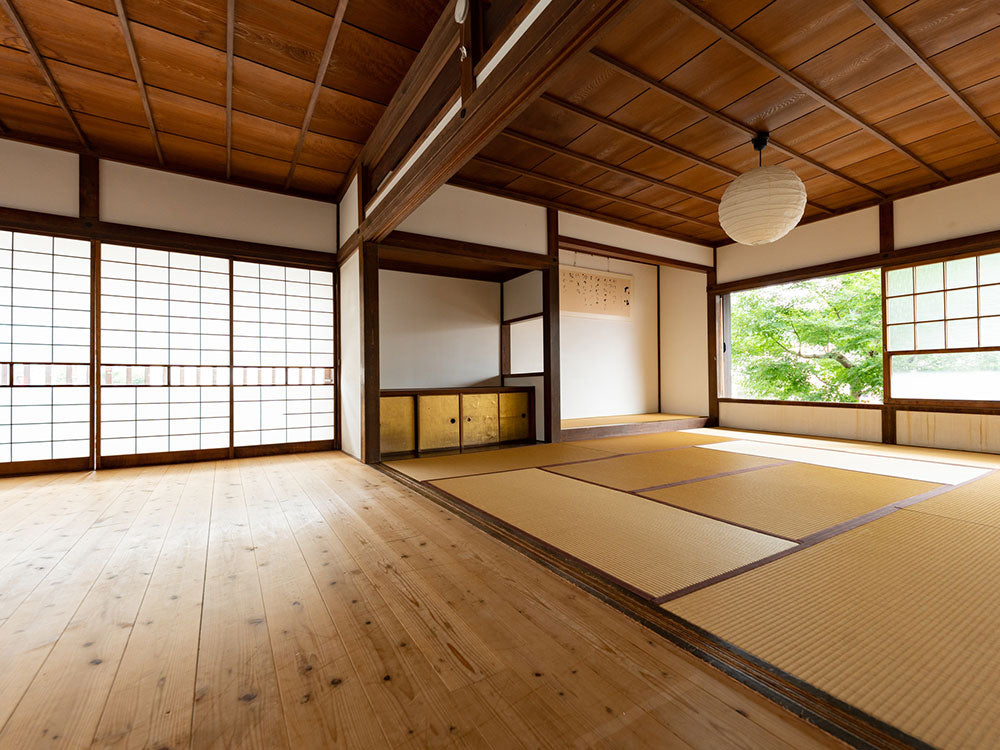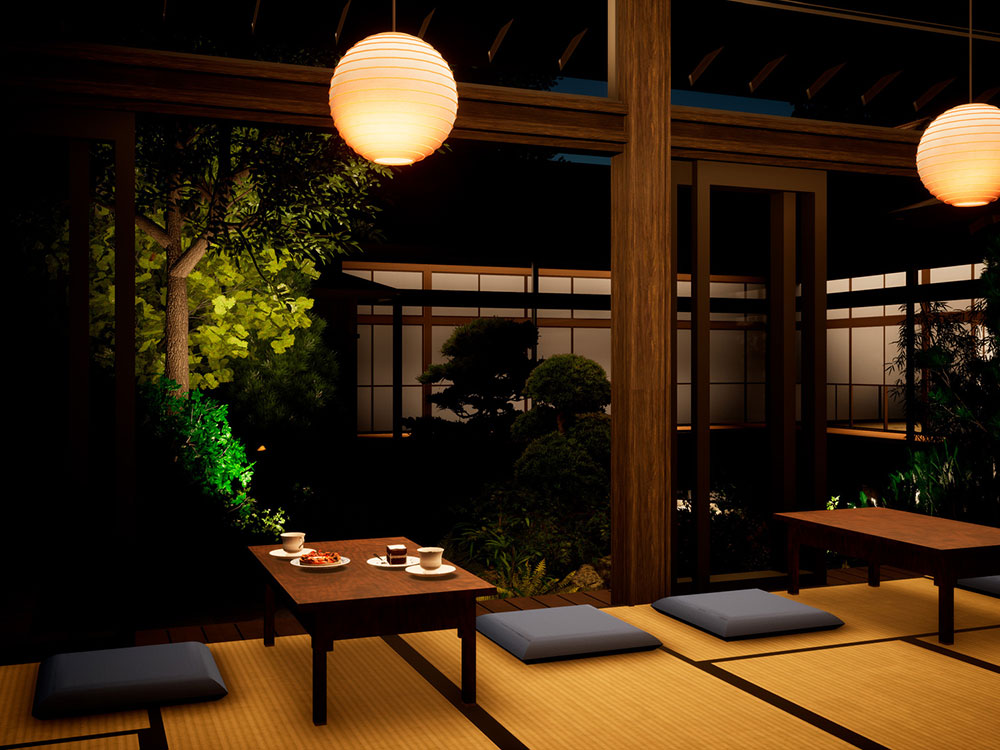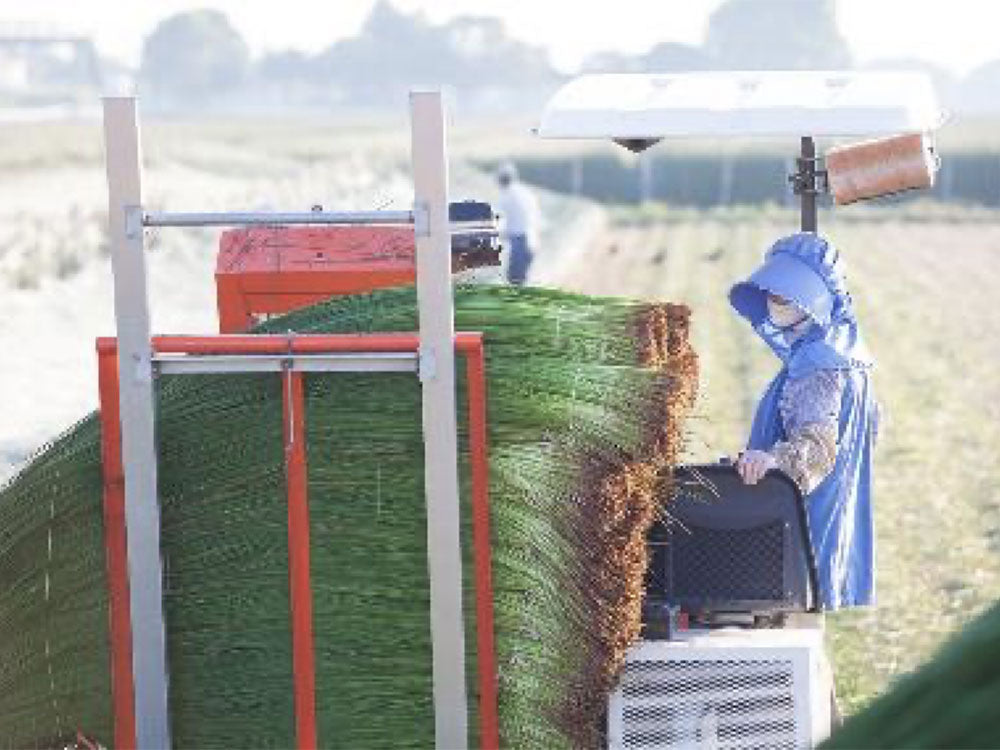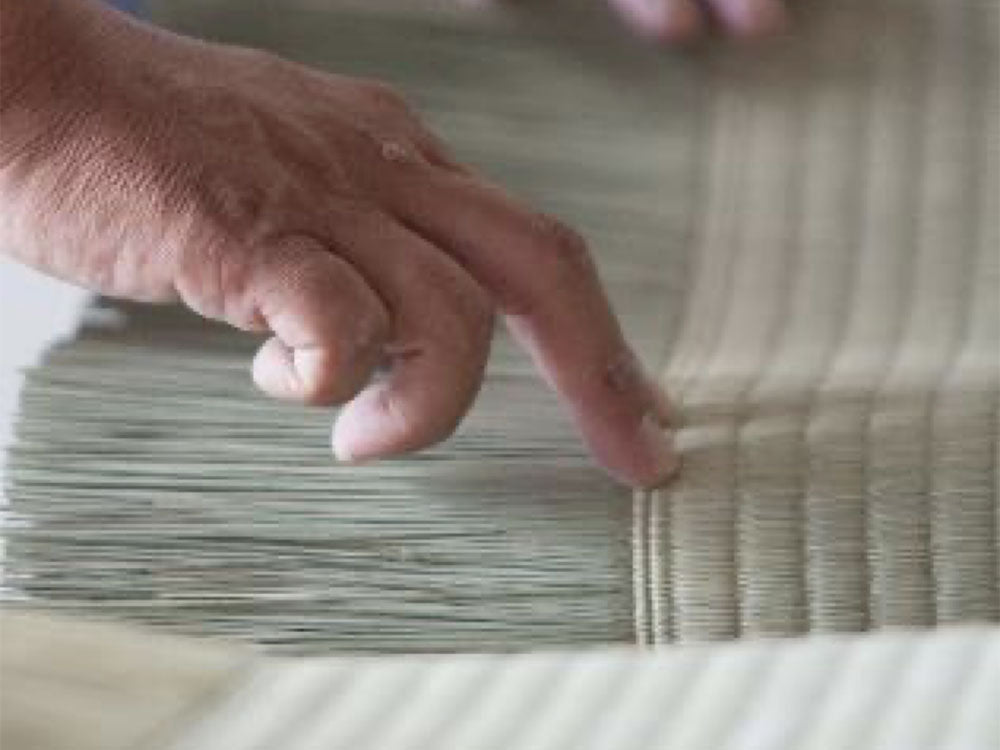Experience The Elegance of Traditional JAPANESE TATAMI
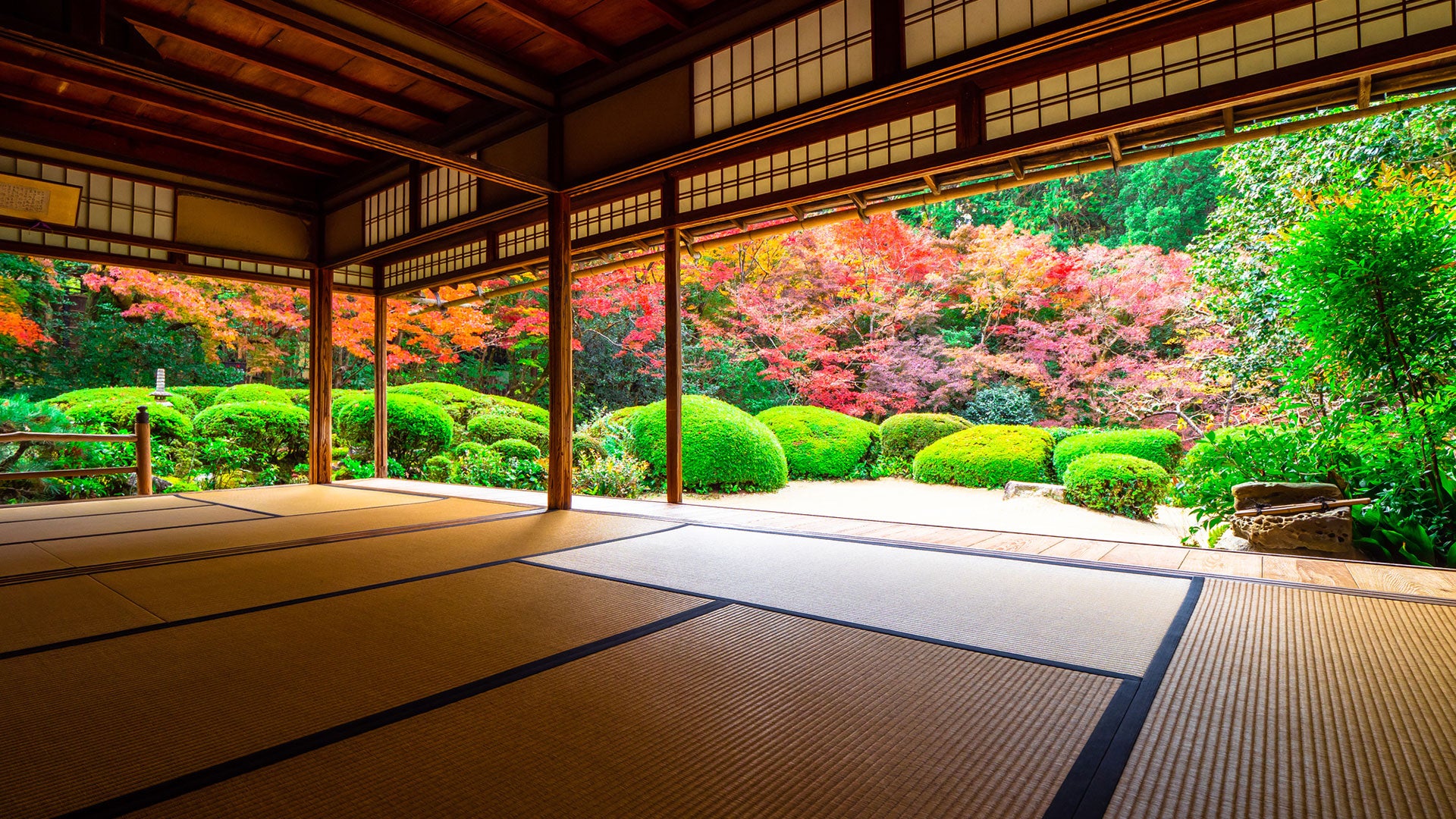
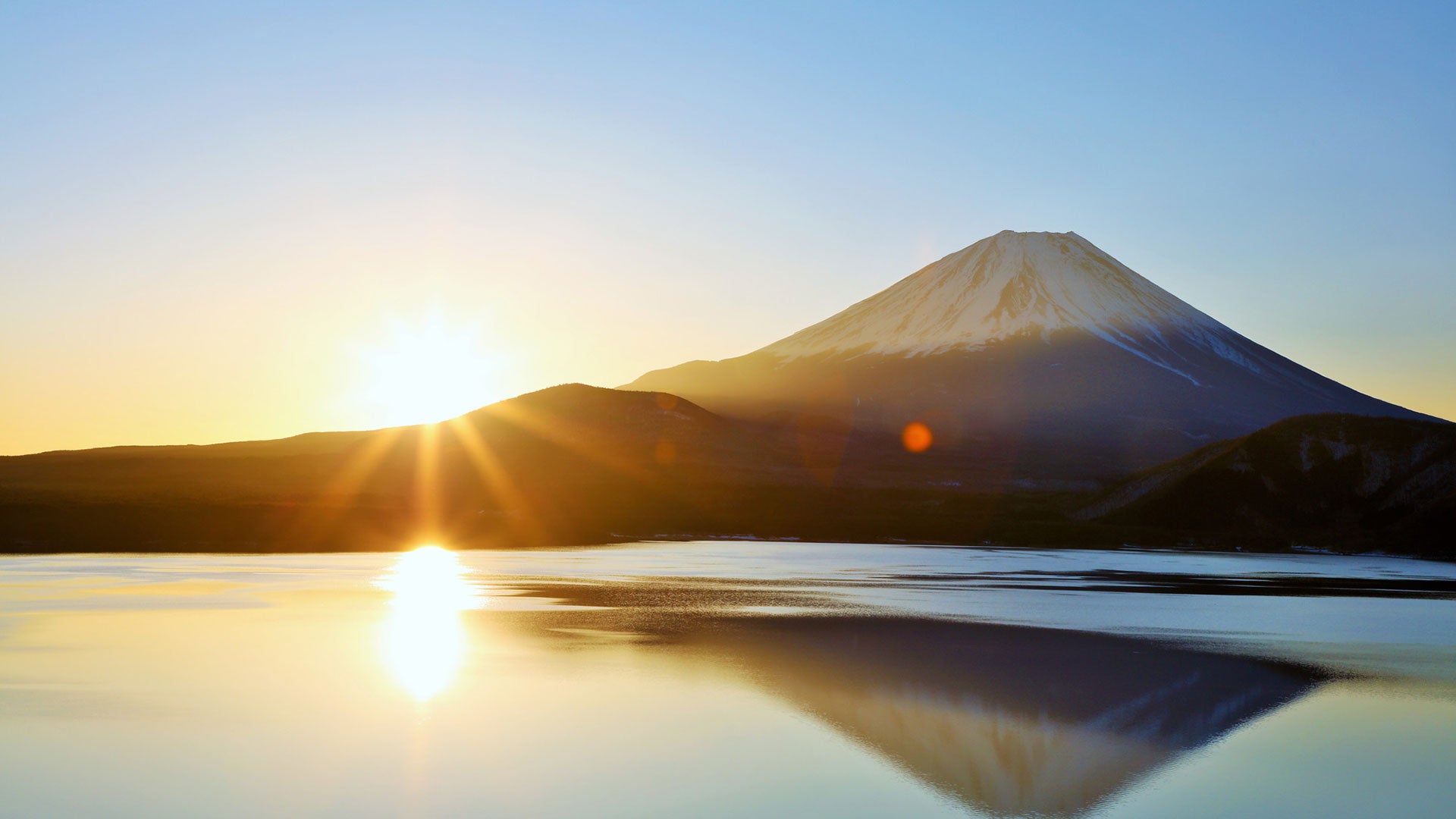
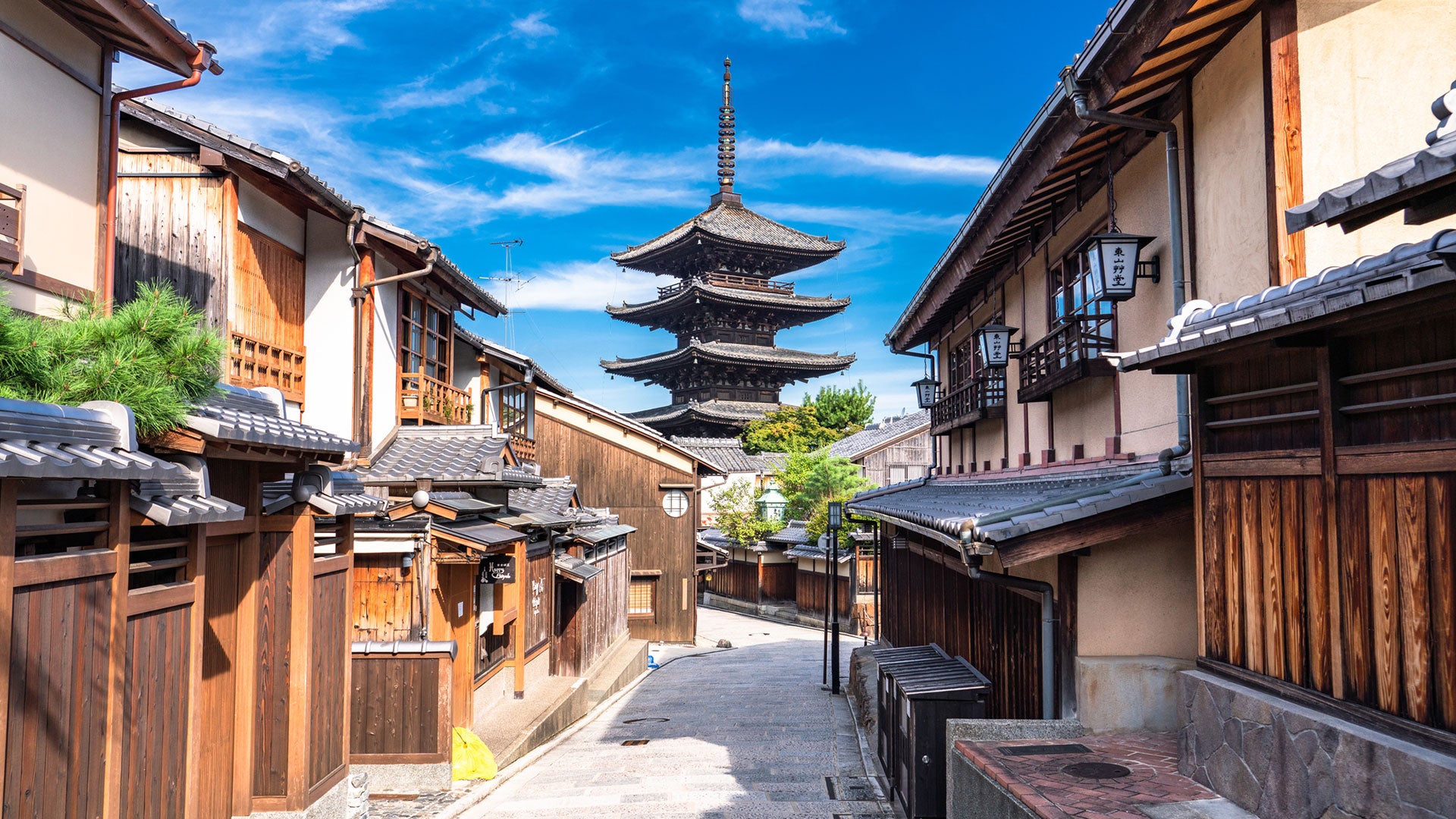
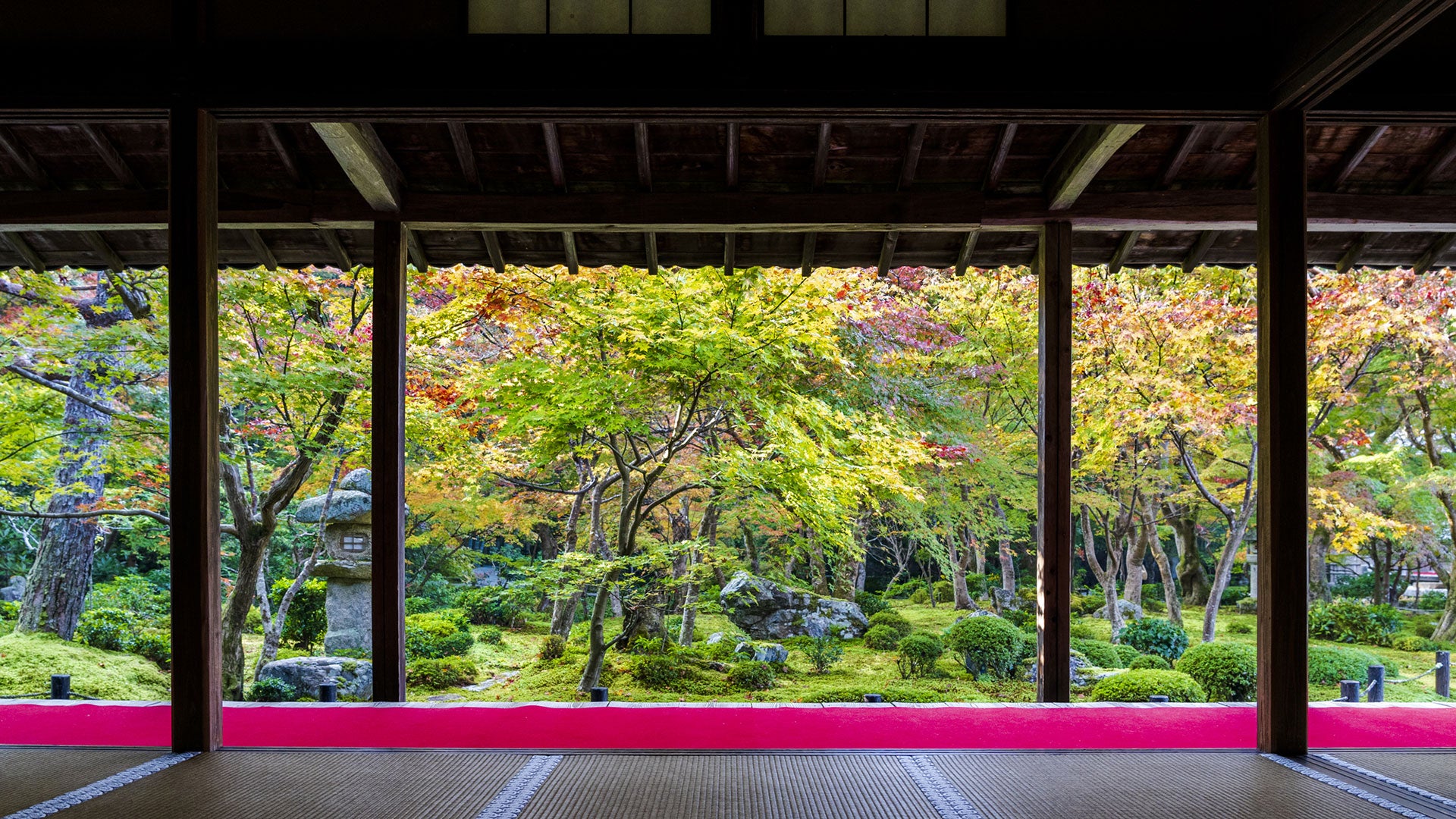
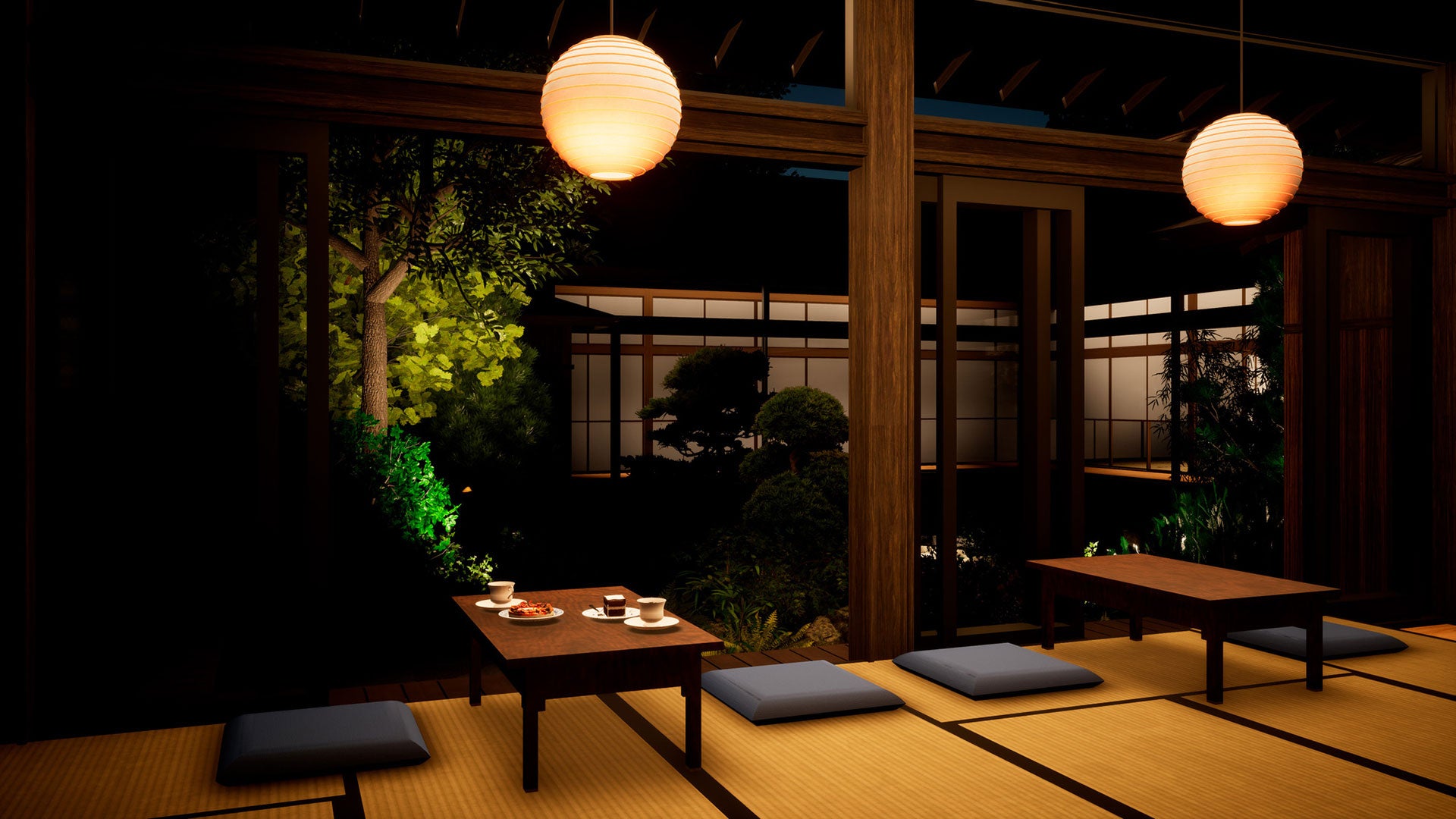
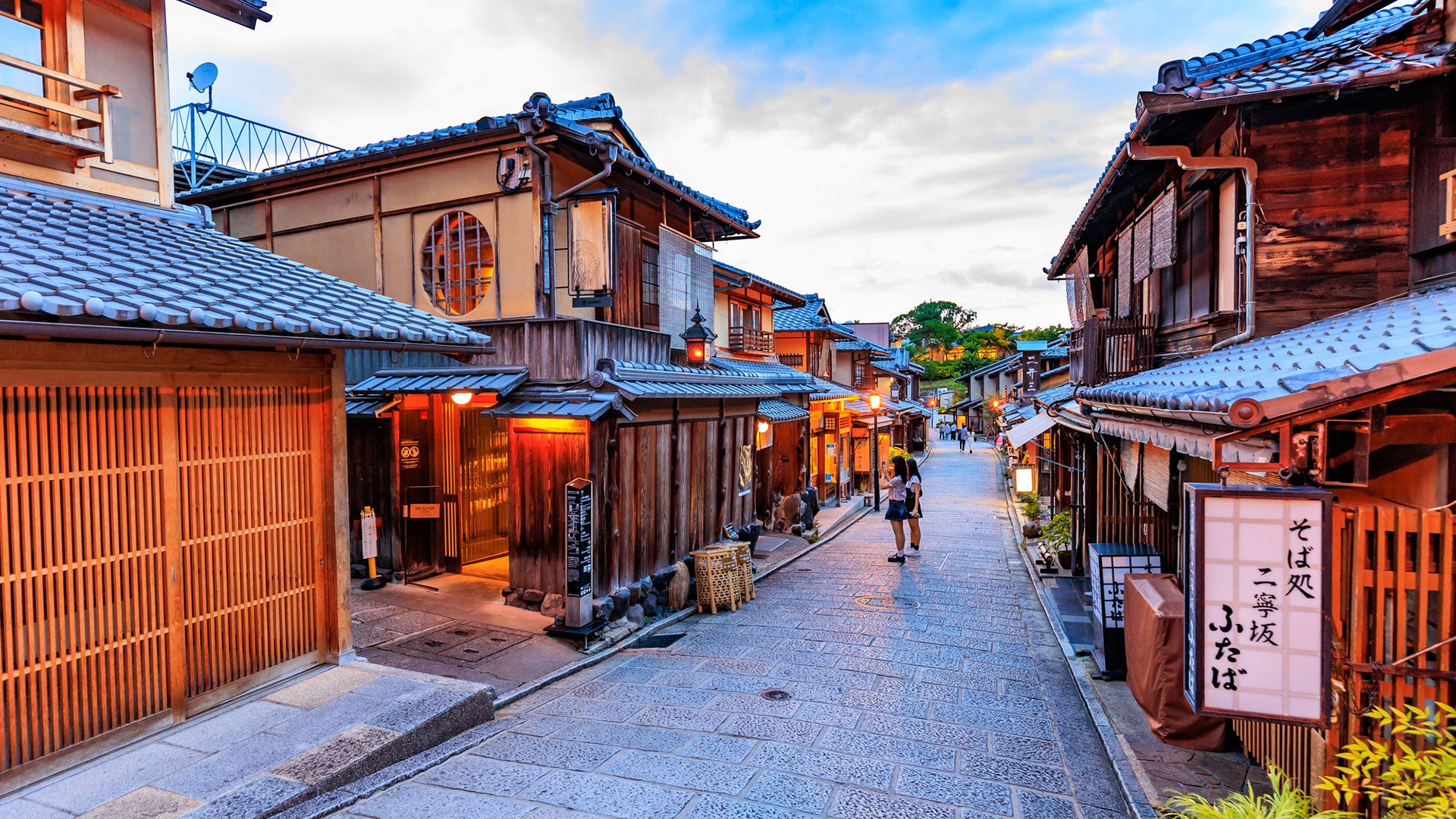
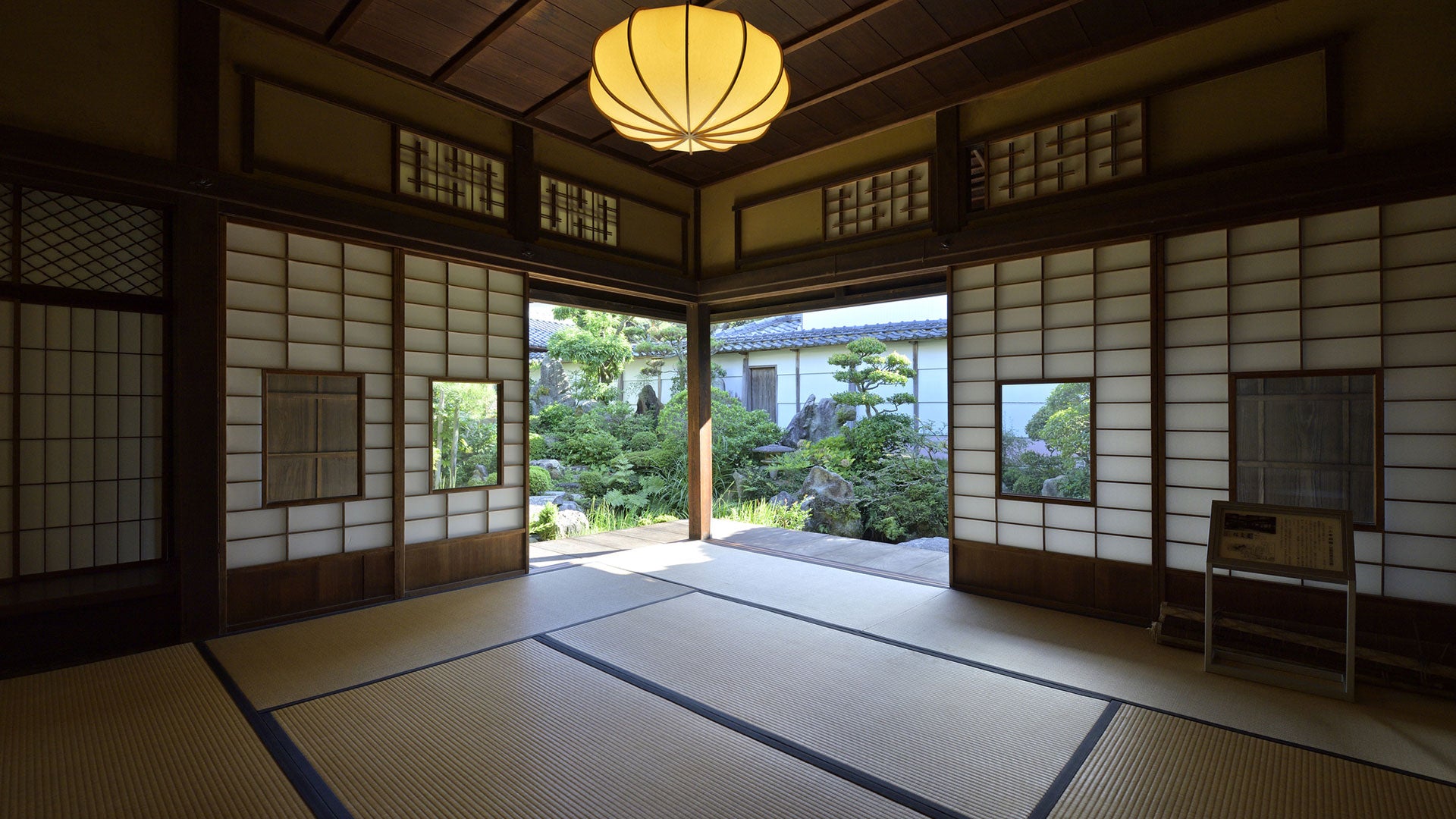
日本の畳について
-

時を超えた優雅さ
畳は、日本の伝統的な床材であり、千年以上にわたり日本の家庭の中心的な存在として親しまれてきました。
平安時代(794-1185年)にその起源を持つ畳は、当初は貴族や武士階級の特権でした。
しかし、やがて庶民の生活にも浸透し、畳はシンプルさ、調和、そして自然との共生を象徴するものとなりました。 -

豊かな文化遺産
畳は、「い草」と呼ばれる草を織り込んで作られます。
この天然素材は、快適で耐久性のある床材を提供するだけでなく、部屋にほのかな自然の香りをもたらします。
複雑な織りの工程と熟練した職人の技術により、各畳は独自の芸術作品となり、日本の職人技と伝統に対する深い敬意を感じられます。 -

日本の生活の本質
「和室」と呼ばれる伝統的な日本の部屋では、畳は茶道や生け花から武道や瞑想に至るまで、さまざまな文化的活動の基盤となっています。
畳の柔軟性により、部屋は用途に応じて簡単に模様替えができ、多用途で落ち着いた生活空間を提供します。 -

世界的な魅力
今日、畳はその美しさと環境に優しい特性で世界中から注目されています。
現代のインテリアに日本の優雅さを取り入れ、穏やかで調和のとれた雰囲気を作り出します。
床材として、瞑想スペースとして、または装飾的なアクセントとして使用される畳は、日本の豊かな文化遺産との時を超えたつながりを提供します。
お住まいに畳の美しさと静寂を取り入れ、何世代にもわたって日本で愛されてきた優雅さをぜひ体験してください。
当店取り扱いの畳について
畳の構造
畳は大きく分けて「畳表(たたみ-おもて)/畳床(たたみ-とこ)/畳縁(たたみ-べり)」という3つの主なパーツから構成されています。
当店取り扱いの畳は使用するパーツによりランク分けをしています。
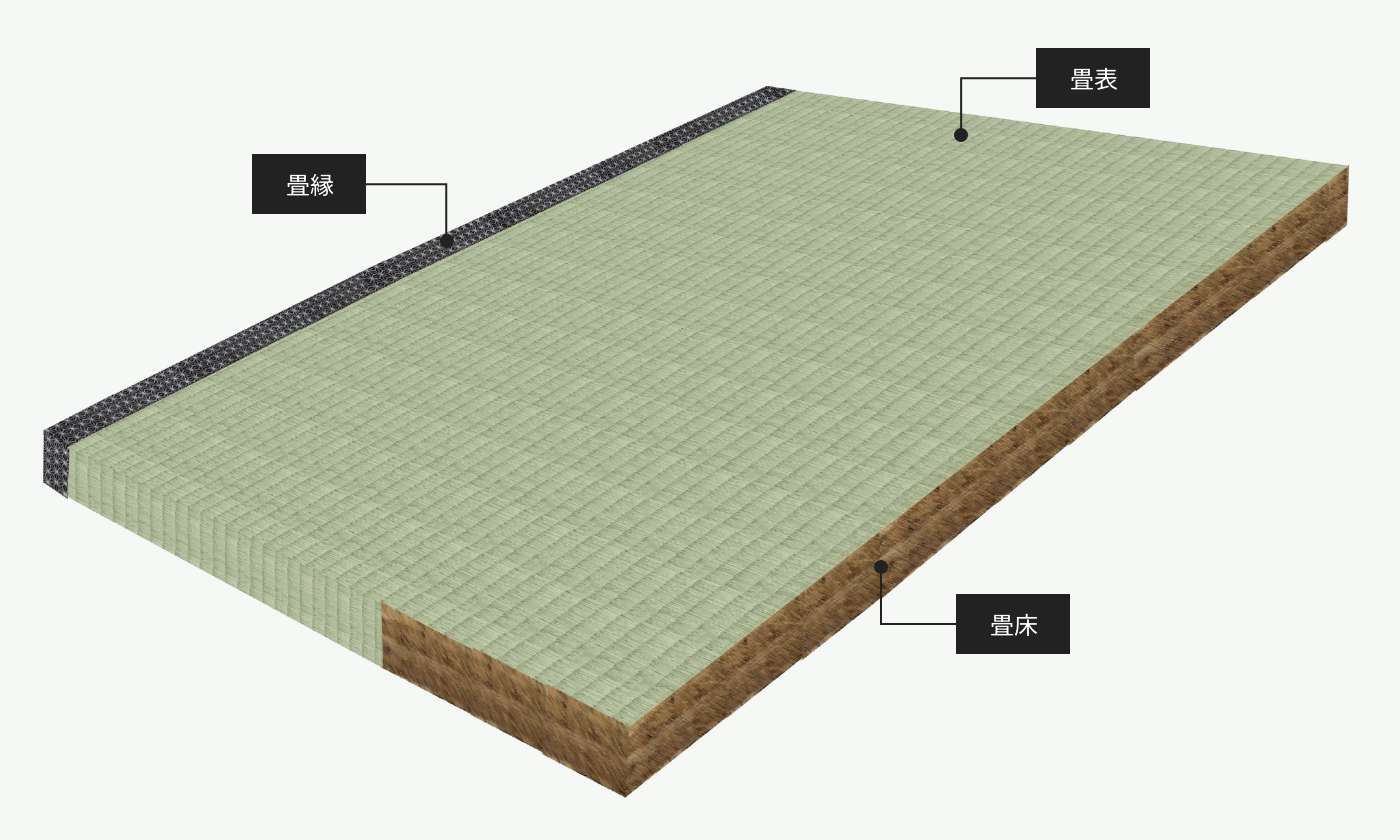
特別仕様
-

フローリング用すべり止め加工
通常の畳は職人が部屋を採寸し、隙間なく床全面に敷詰めますが、フローリングにそのまま置ける様、裏面に滑り止め加工を施します。
※お買上時に加工あり/なしの選択ができます。 -

ブランドタグ
畳縁の端にブランドタグを縫い付けます。
当店の畳は使用する材料・作業工程により4つのランクをご用意しております。
| ランク | い草使用本数 | 畳床 | 畳縁 |
|---|---|---|---|
| Luxury | 7,500本 | 藁100% | 西陣金襴織縁or上質縁 |
| Premium | 7,000本 | 藁100% | 西陣金襴織縁or上質縁 |
| Ordinary | 6,000本 | 藁+上建材 | 上質縁 |
| Inexpensive | 5,000本 | 藁+上建材 | 上質縁 |
| Affordable | 5,000本 | 上建材 | 上質縁 |
※い草マット・飾り畳は上記ランクは適用しません。
熊本県産天然「い草」を使用
世界に誇る最高級日本産畳に使われる「い草」の約99.3%が熊本県産
熊本県産の天然「い草」の魅力と文化遺産を、世界中のお客様にお届けいたします。八代地方の豊かな土地で収穫されるい草は、その卓越した品質と耐久性で高く評価されています。この自然素材の一本一本が、熟練の職人により丹念に選ばれ、織り込まれています。
こうして生まれる製品は、500年以上にわたる伝統を今に伝えます。
い草は見た目の美しさだけでなく、実用的な利点も備えています。自然に空気を浄化し、二酸化炭素や有害ガスを吸収する能力、湿度を自然に調節して四季を問わず快適な環境を提供することなど、その特性は多岐にわたります。
また、い草特有の柔らかな質感と心地よい芳醇な香りは、どんな空間にも落ち着きと和のエレガンスをもたらします。
私どものラインナップは、熊本県産のい草のみを使用した最高品質の畳表を使用した製品のみ取り扱っております。
どの製品も、同じ厳しい品質基準のもと、細部にわたるこだわりを持って製造されています。禅の精神を取り入れたい方や、時代を超えた日本の職人技を尊重したい方々に、私たちのい草製品は美しさと実用性の両方を提供します。
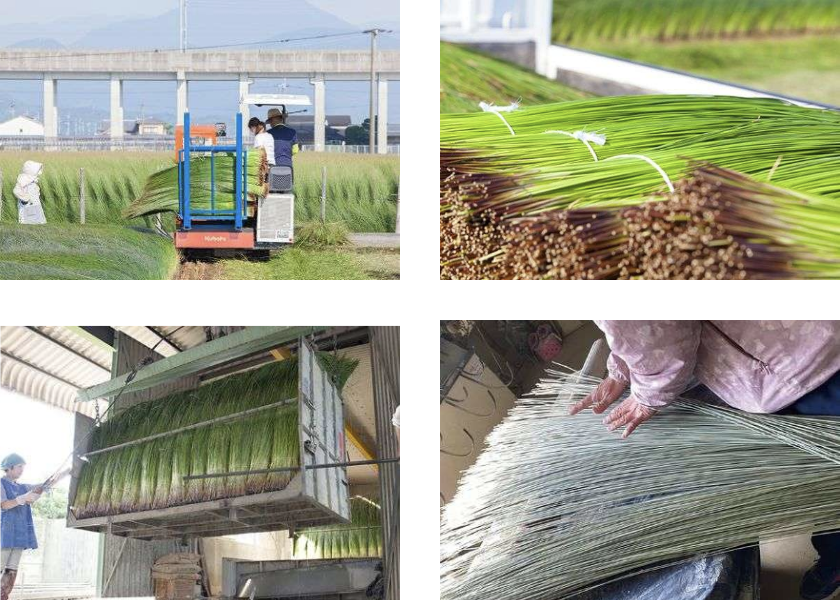
熊本県産天然い草と外国産い草を使用した畳表の違い
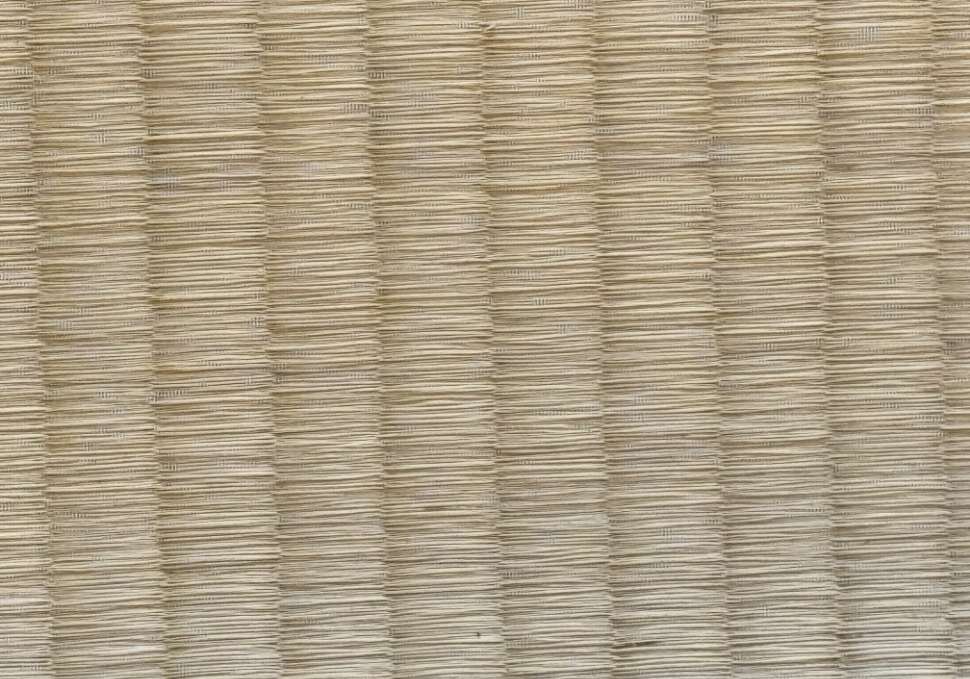
熊本県産い草
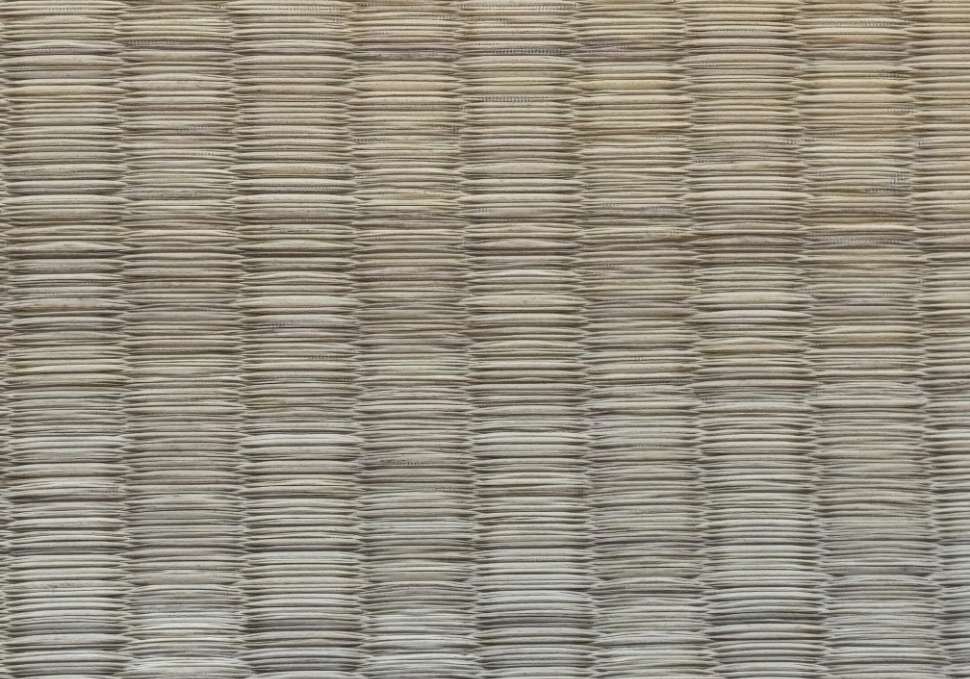
外国産い草
い草の香りと色の変化を楽しむ
新しい畳表のい草は芳しい香りと淡い緑色が特徴です。
年月の経過とともにベージュ色に変わり、美しい艶が現れます。
天然素材ならではの味わい深い経年変化がお楽しみいただけます。
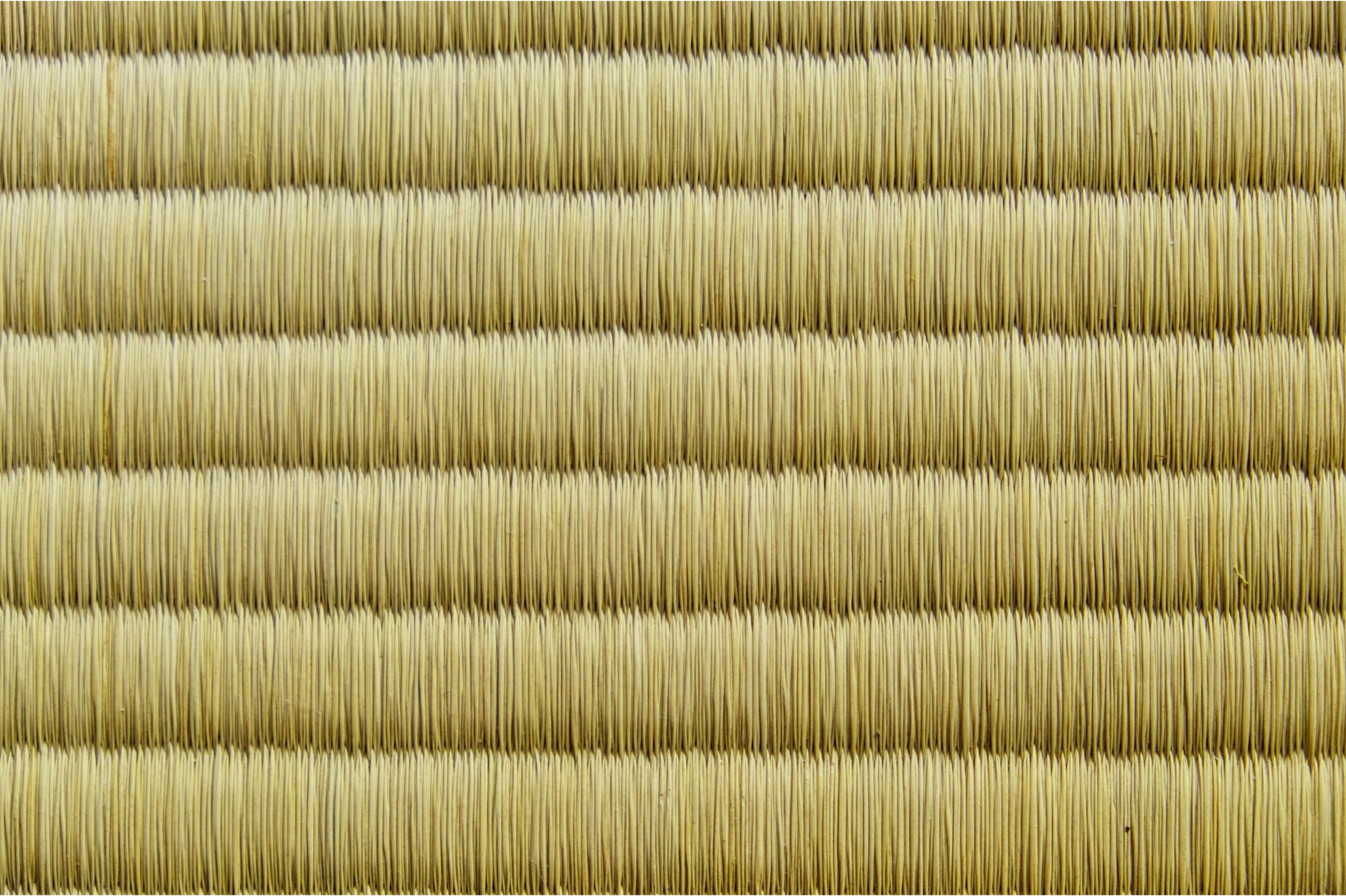
新しい畳表
新しい畳はリラクゼーション効果の高いい草特有の心地よい香りが漂います。
い草の香りは日本の香りともいえるでしょう。
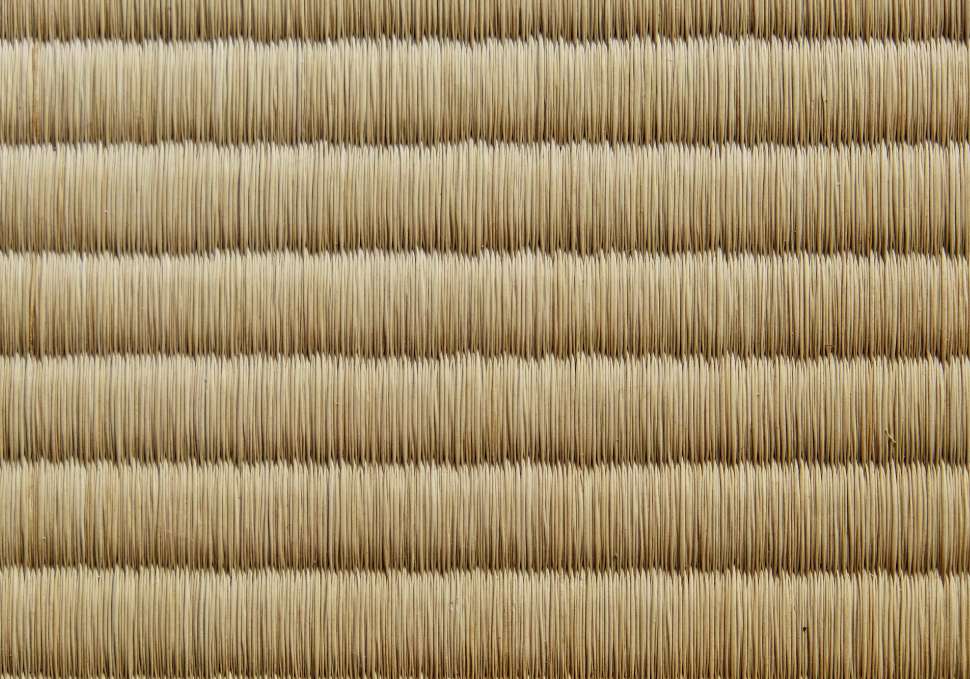
成熟した畳表
数年に渡る時間の経過とともに、色の変化と同時に高級感のある独特の艶が生まれます。
定期的なお部屋の換気と簡単なメンテナンスをすることで徐々に畳が成熟します。
熊本県産と外国産の違い
| 項目 | 熊本県産 | 外国産 |
|---|---|---|
| 1.栽培環境と 収穫時期 |
熊本県は日本国内でい草の主要な生産地であり、 土壌管理が徹底されているため品質水準の高いい草が収穫できます。 い草は完全に成長した6月下旬から7月中旬に収穫されます。 |
海外産のい草は日本と比べ1か月ほど早く収穫されることが多く、 土壌管理が日本ほど徹底されていない場合があるため 不揃いが多い傾向があります。 |
| 2.乾燥方法 | 収穫後、時間をかけて乾燥させるため、 い草の耐久性が高くなります。 |
輸送中のカビ対策のために短時間で強い乾燥を行うため、 い草が乾燥し過ぎて表面がもろくなりやすいです。 |
| 3.見た目と品質 | 均一でムラが少なく、見た目が美しいです。 また、耐久性が高く、長持ちします。 |
太さや色にムラがあることが多く、耐久性が低いため、 長期間使用すると“ささくれ”ができやすいです。 |
| 4.価格 | 高品質であるため、価格は高くなりますが、 見た目・肌ざわりの質感は格別です。 また、長持ちするため長期的に見ればお得です。 |
安価で手軽に購入できますが、見た目・肌ざわりの他耐久性が低いため、 劣化するスピードが熊本県産に比べ早いです。 |
藁(わら)床について
藁(わら)床は、熊本県産い草と同様日本産畳の最上位ランクで使用する材料です。
藁床は、藁で作られた畳床(畳の心材)で昔は日本家屋での利用が一般的でした。現在は高級注文住宅、茶室や神社仏閣で見かけることが多い素材です。藁の希少性・製造工程におけるコストダウンの為、現在では一般的な畳は細かい木材を圧縮したインシュレンボード+ポリスチレンフォームを使用した畳床が主流となっています。しかし藁床は現代の建材では再現できない日本古来からの知恵と技術が集約された優れた素材となります。
当店では全ての畳に藁を使用しており、特に「Luxury/Premium」ランクにつきましては畳床に100%藁を使用しています。
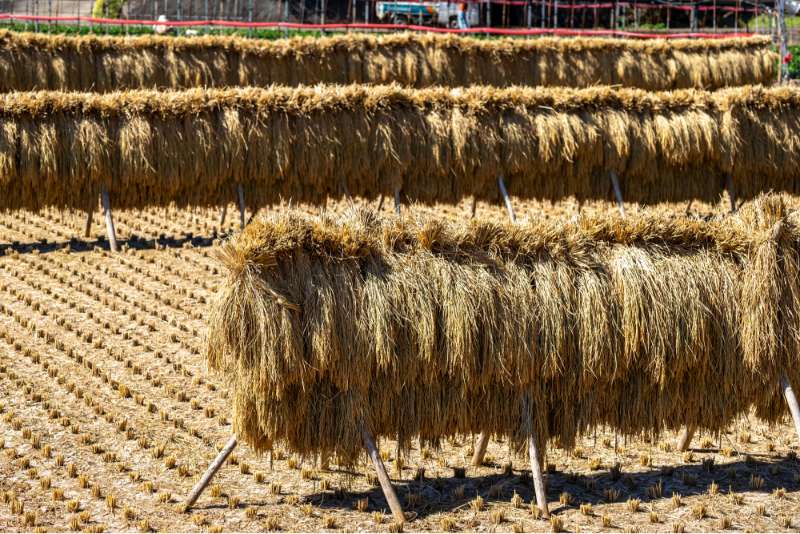

畳床種類
-

藁床100%「Luxury/Premium」ランクで使用
※完成した畳1畳の重量:約30kg~35kg
湿度調節・防音性・断熱性・耐久性にも全てにおいて他の材質より優れており、踏み心地/寝心地も格別です。
-

藁サンド「Ordinary/Inexpensive」ランクで使用
※完成した畳1畳の重量:約20kg~25kg
ポリスチレンフォームを藁で挟み込んだものです。
藁床100%より軽量で、踏み心地/寝心地も優れています。 -

上質建材「Affordable」ランクで使用
※完成した畳1畳の重量:約10kg~15kg
藁は使用していません。畳床の中で最も軽量で安価な材質で断熱性・耐湿性があります。
藁床に比べ踏み心地/寝心地が固めです。
藁床のメリット
-
自然素材とエコロジー
- 藁床は、米の収穫後に乾燥させた藁を使用しています。全て自然のものでできているため、環境に優しく、化学製品アレルギーの方にも適しています。
- 劣化しても自然に還り、環境への影響を最小限に抑えます。
-
柔軟性と足踏み感
- 藁床は、圧縮したワラを6層以上に重ねて作られています。そのため、独特の柔らかさがあり、正座や寝転んだときなどにその違いを感じることができます。
-
保温効果と吸湿性
- ワラの内部はストロー状になっており、空気を蓄えることができます。そのため、冬場でも一定の温度を保つ効果があります。
- 吸湿・放湿を行うため、湿度調整にも役立ちます。昔の住宅では定期的な換気をすることで畳を通して屋内の湿度を調整していました。
畳縁について
畳縁(たたみべり)は、畳の端に施される装飾的かつ機能的な布で、日本の伝統文化を象徴する重要な要素です。
畳縁は、畳の強度を高め、長寿命を確保する役割を果たしつつ、空間に美しさと個性を加えます。
古くから、家紋や家族の象徴としても使われてきたことから、日本の伝統を感じさせるデザインや柄が豊富に揃っています。
現代の畳縁は、和室だけでなく洋室やモダンなインテリアにも調和するカラーバリエーションや柄も多岐にわたり、シンプルなものから華やかなものまで、お好みに合わせて選ぶことができます。
畳縁を選ぶ際には、使用する空間の雰囲気やインテリアスタイルに合わせてコーディネートすることが重要です。
畳のデザインを引き立てながら、部屋全体の印象を一層引き締める役割を果たします。
伝統とモダンが融合した畳縁は、住まいに日本の美意識を取り入れる絶好のアイテムです。
ライフスタイルのイメージに合った畳縁を見つけ、空間に新たな風を吹き込みましょう。
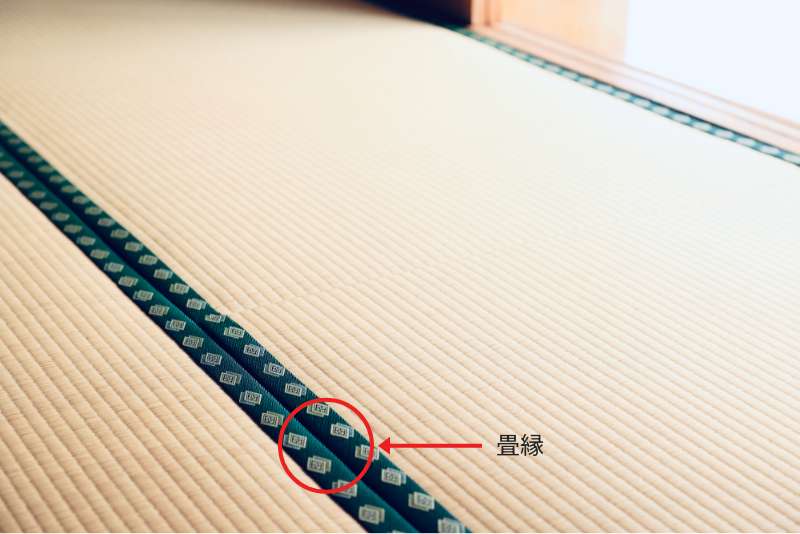
畳縁の役割
- ■補強:畳の角を保護し、摩耗や破損を防ぎます。
- ■装飾:部屋のインテリアに合わせて、畳縁のデザインを選ぶことで、和室の雰囲気を一層引き立てます。
- ■隙間埋め:日本様式の場合、畳敷き詰めの際、畳と畳の間にできる隙間を埋め、埃がたまりにくくします。
畳縁の種類
- ■素材:綿糸やナイロンなど、様々な素材が使用されています。綿糸は高価で落ち着いた印象を与えますが、日焼けしやすいという短所があります。
ナイロンは変色しにくく丈夫ですが、熱に弱いという特徴があります。 - ■柄:無地のものから、伝統的な和柄、モダンなデザインまで多岐にわたります。部屋の壁紙や襖の色に合わせて選ぶと、一体感が生まれます。
畳縁の選び方
- ■色:部屋の壁紙や家具の色に合わせると、統一感が出ます。濃い色は引き締まった印象を、淡い色は優しい印象を与えます。
- ■柄:シンプルな無地から、個性的な柄まで選べます。無地は畳を綺麗に見せ、柄物は部屋のアクセントになります。
- ■素材:使用する場所や目的に応じて、耐久性や見た目を考慮して選びましょう。
当店では西陣金襴織を使用したプレミアム畳縁と上質畳縁がお選びいただけます。
畳のサイズと敷き方
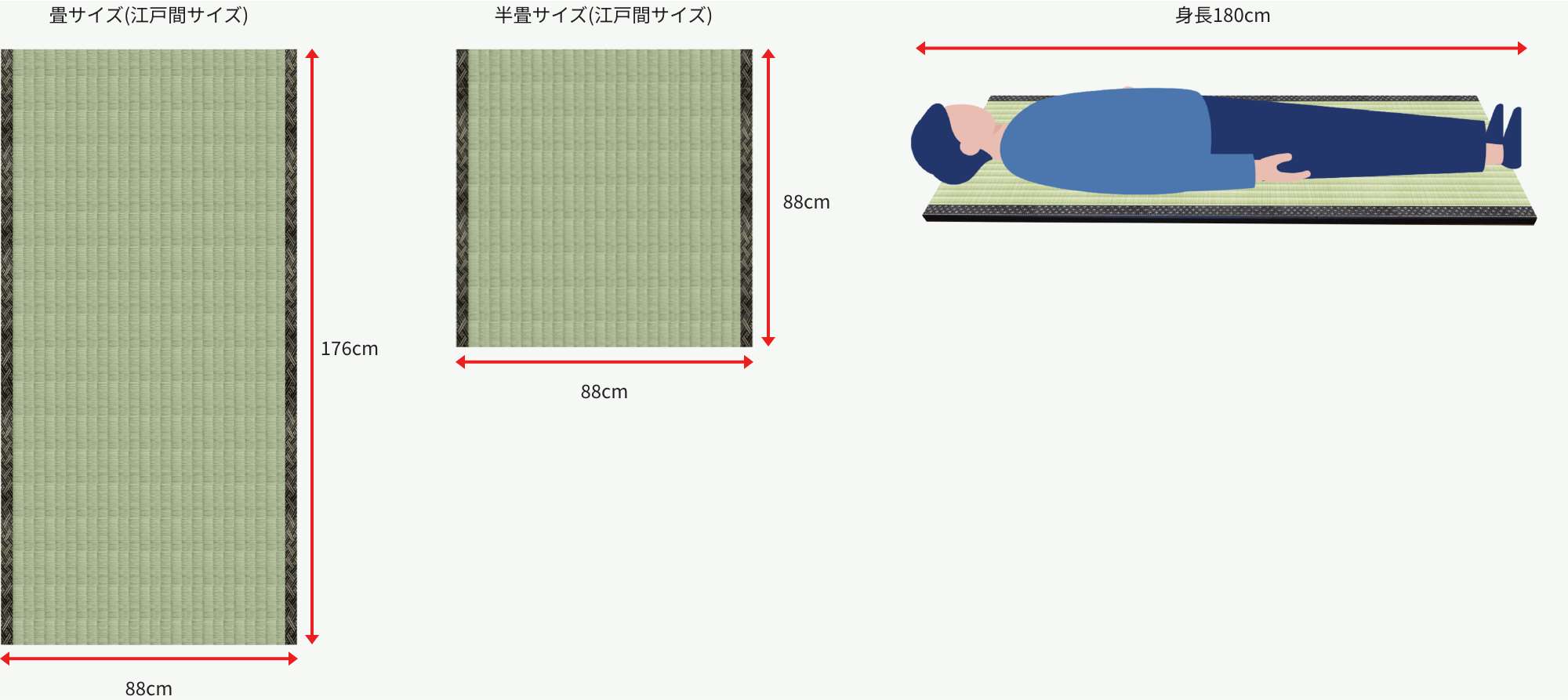
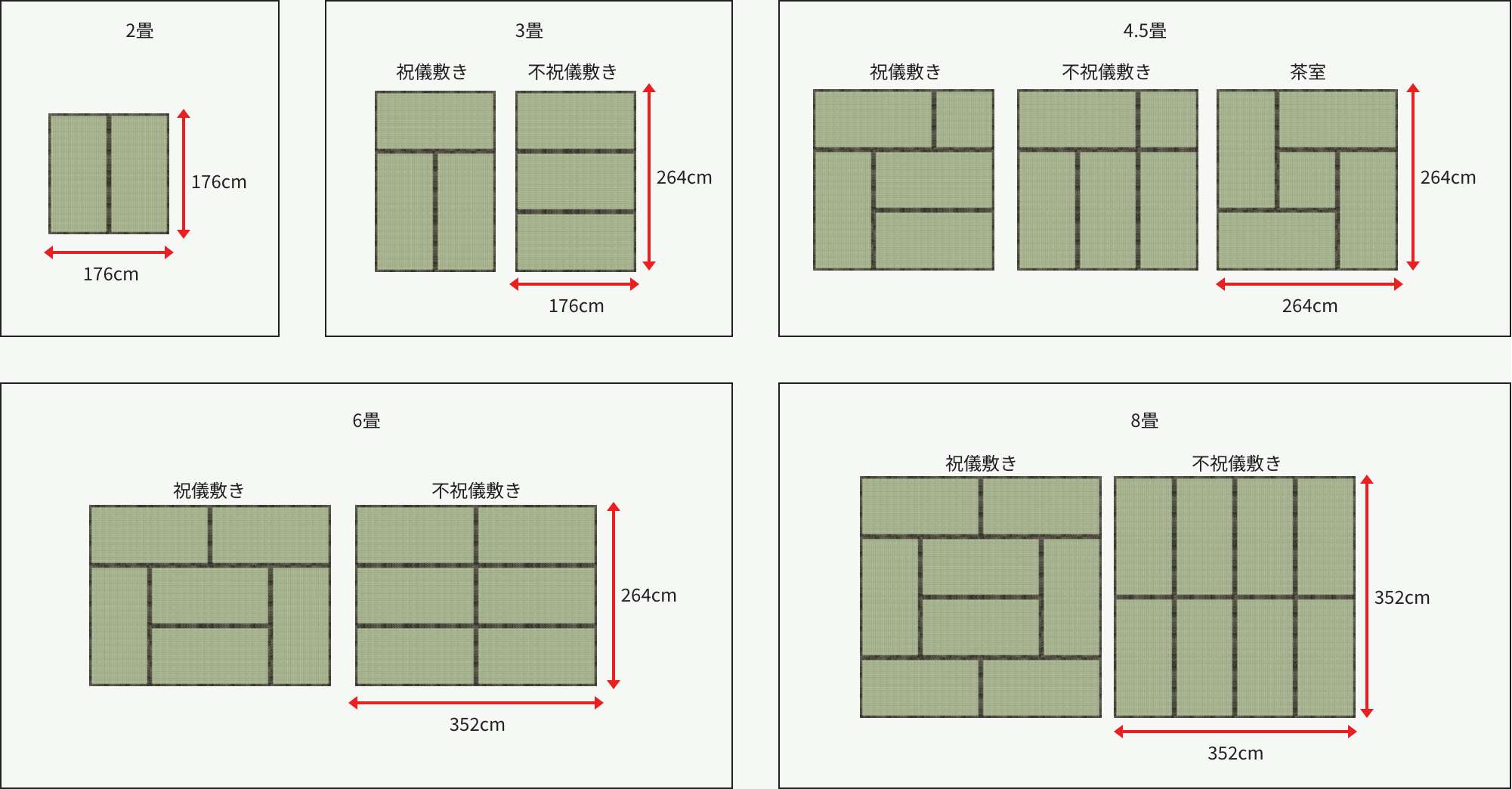
祝儀敷き:日本住宅の和室に主に用いられる敷き方です。
不祝儀敷き:神社仏閣・旅館などの大広間に用いられる敷き方です。



